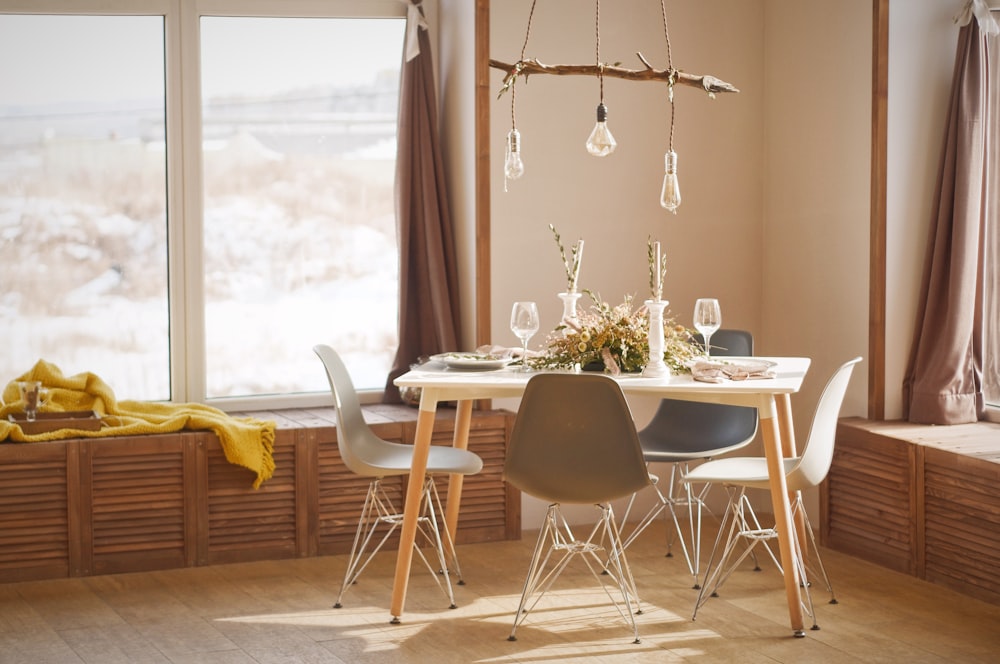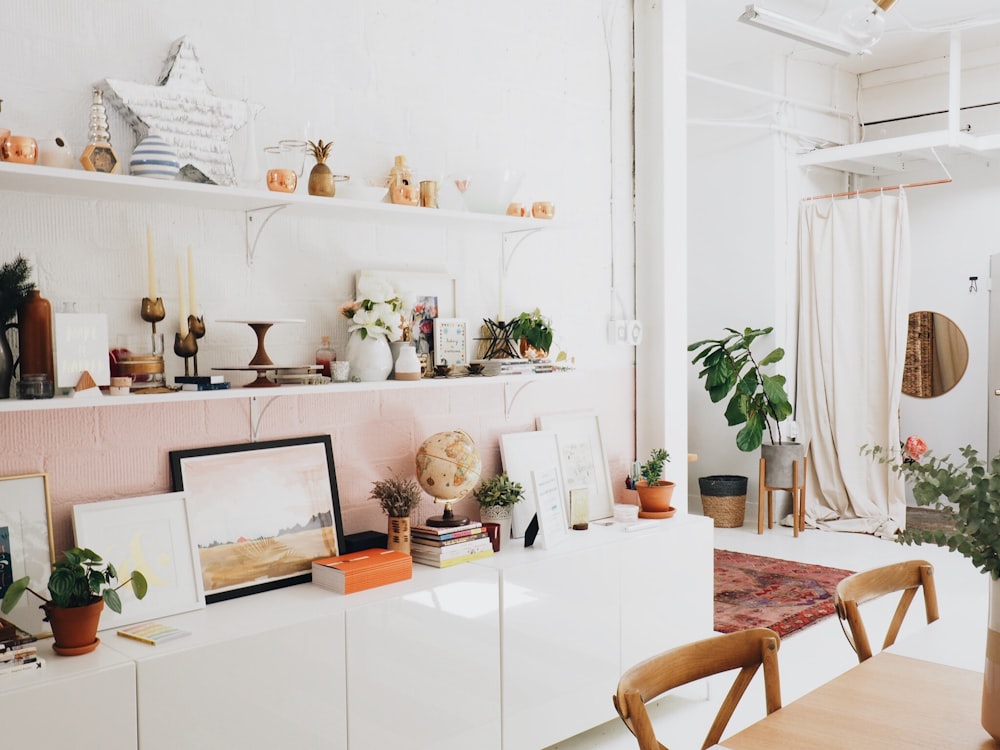Introduction
In the realm of garden design, elevated gardens offer a unique canvas for creativity and innovation. Among the various features that can elevate a garden’s allure, raised garden ponds stand out as captivating focal points. This article delves into the art of designing elevated gardens with practical tips for incorporating raised garden ponds.
Choosing the Right Location
The first step in designing an elevated garden with a pond is selecting the right location. Consider factors such as sunlight exposure, proximity to utilities, and overall aesthetics. Ideally, choose a spot that receives ample sunlight for aquatic plants and complements the surrounding landscape.
Determining Size and Shape
Once you’ve identified the location, it’s time to determine the size and shape of your raised garden pond. Consider the available space, as well as the scale of your garden. A pond that is too large may overwhelm the space, while one that is too small may seem insignificant. Aim for a size and shape that harmonizes with the rest of your garden design.
Selecting Materials
When it comes to materials for constructing a raised garden pond, options abound. From natural stone and brick to pre-formed liners and fiberglass, each material has its own advantages and considerations. Choose a material that complements your garden’s aesthetic while ensuring durability and longevity.
Creating Depth and Variation
A key aspect of designing a raised garden pond is creating depth and variation. Incorporate shelves or ledges along the edges to provide habitat for aquatic plants and wildlife. Consider adding rocks, driftwood, or other natural elements to mimic the look of a natural pond and create visual interest.
Choosing Aquatic Plants
Aquatic plants play a crucial role in the ecosystem of a raised garden pond. Choose a variety of plants, including submerged, floating, and marginal species, to provide habitat for fish and other aquatic life. Consider factors such as sunlight requirements, growth habits, and seasonal interest when selecting plants for your pond.
Adding Fish and Wildlife
For many gardeners, the presence of fish adds another dimension of enjoyment to a raised garden pond. Choose fish species that are well-suited to the size and depth of your pond, taking care not to overcrowd the space. Additionally, consider attracting wildlife such as frogs, dragonflies, and birds to further enhance the ecosystem.
Maintaining Water Quality
Proper maintenance is essential for keeping a raised garden pond healthy and thriving. Regularly monitor water quality parameters such as pH, ammonia, and nitrate levels, and perform routine maintenance tasks such as cleaning filters and removing debris. Consider incorporating aeration and circulation systems to promote water movement and oxygenation.
Ensuring Safety
When designing an elevated garden with a pond, safety should always be a top priority. Install barriers or fencing around the pond to prevent accidents, especially if you have young children or pets. Additionally, consider incorporating features such as shallow areas or gradual slopes to make it easier for wildlife to enter and exit the pond.
Adding Aesthetic Touches
Finally, don’t forget to add aesthetic touches to your raised garden pond to enhance its beauty and charm. Incorporate water features such as fountains or waterfalls to create soothing sounds and visual interest. Plant colorful flowers around the pond’s perimeter and add lighting to highlight its beauty, especially in the evening hours. Read more about raised garden pond ideas




